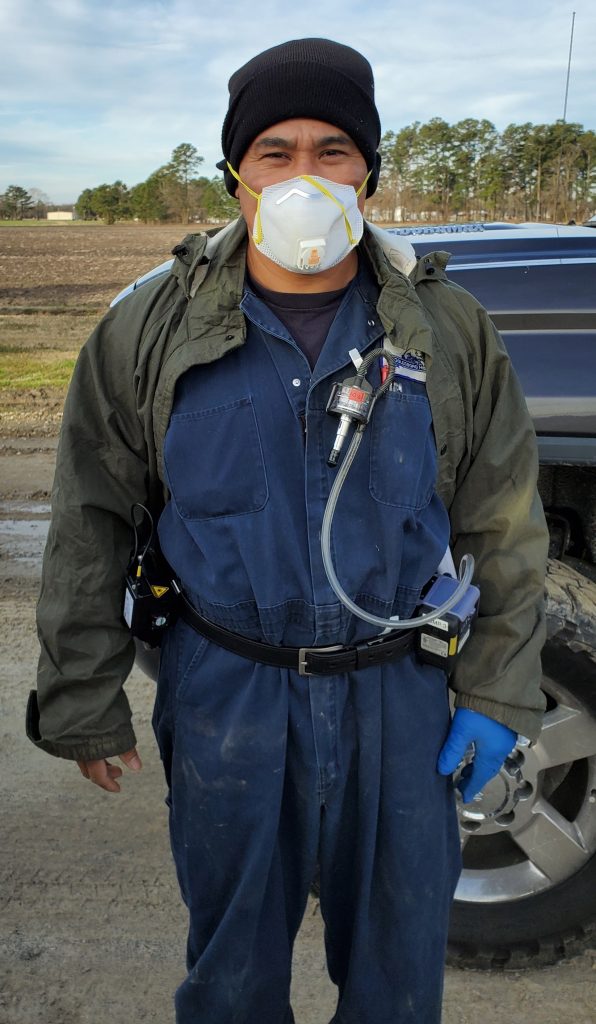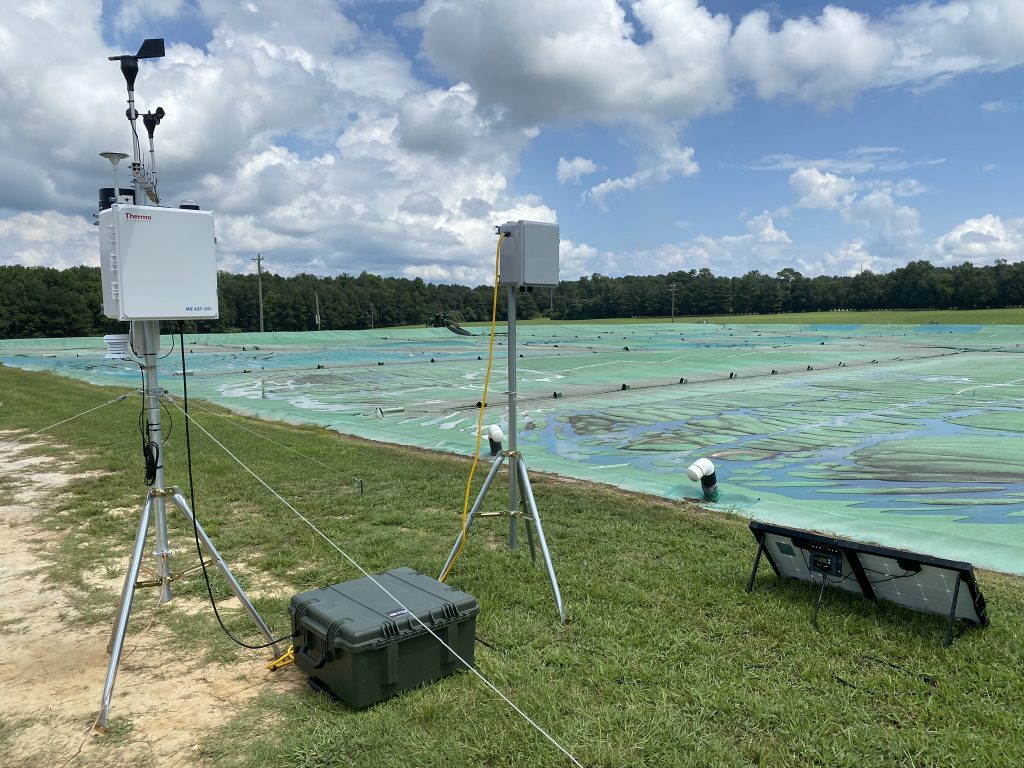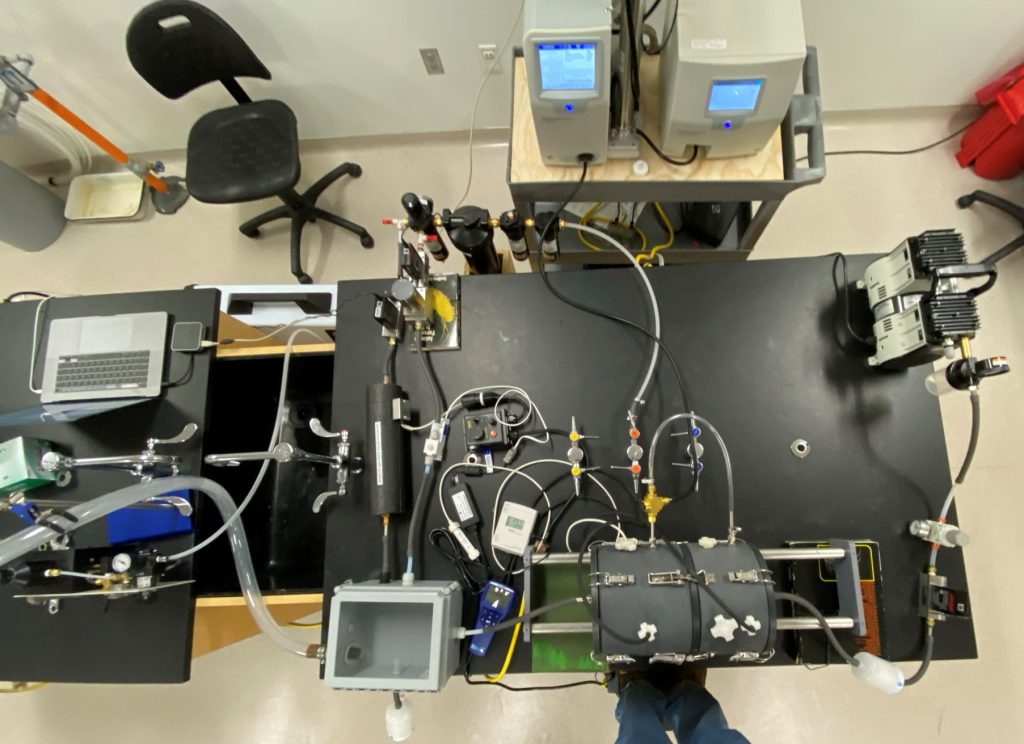Exposure Chamber

Evaluating aerosol and gas sensors in a controlled environment is crucial for understanding the best options for environmental and occupational exposures. The exposure chamber is also crucial for student training and forming an understanding of how sensors work before field deployment. Current generation methods include salt, dust, oil, incense, and e-cigarette aerosol generations.
Agricultural Exposure

Farmers are the backbone of our society, where they secure the community’s agricultural needs. Therefore, it is essential to protect the industry and farmers’ health and safety. Farmworkers have the highest average working hours per week than other occupations, and outdoor workers are exposed to various hazards, including dust and extreme temperatures. Estimating personal exposure with low-cost dust and temperature sensors could be an effective method in preventing occupational diseases. These sensors can be calibrated to work in a similar way as the reference instruments.
Environmental Exposure

Airborne exposure to aerosol and toxic gases could have irreversible health effects resulting in chronic cardiopulmonary diseases. Air quality is protected by the Environmental Protection Agency through regulations monitored through a sparse network of air quality stations distributed nationwide. Low-cost aerosol and gas sensors can be of crucial importance for estimating the concentration of airborne contaminants at different exposure points, thus eliminating biases caused by exposure misclassification.
Filter Efficiency Test

Custom respirators have been the new norm during the COVID-19 pandemic. Measuring the fractional efficiency of filters has become crucial to identify the feasibility of these respirators. Our lab has built a custom-made system to measure fractional efficiency within NIOSH standards.
Address: Carol-Belk 3405 Greenville, NC 27858. Email: sousans18@ecu.edu. Phone: (252)-328-2947